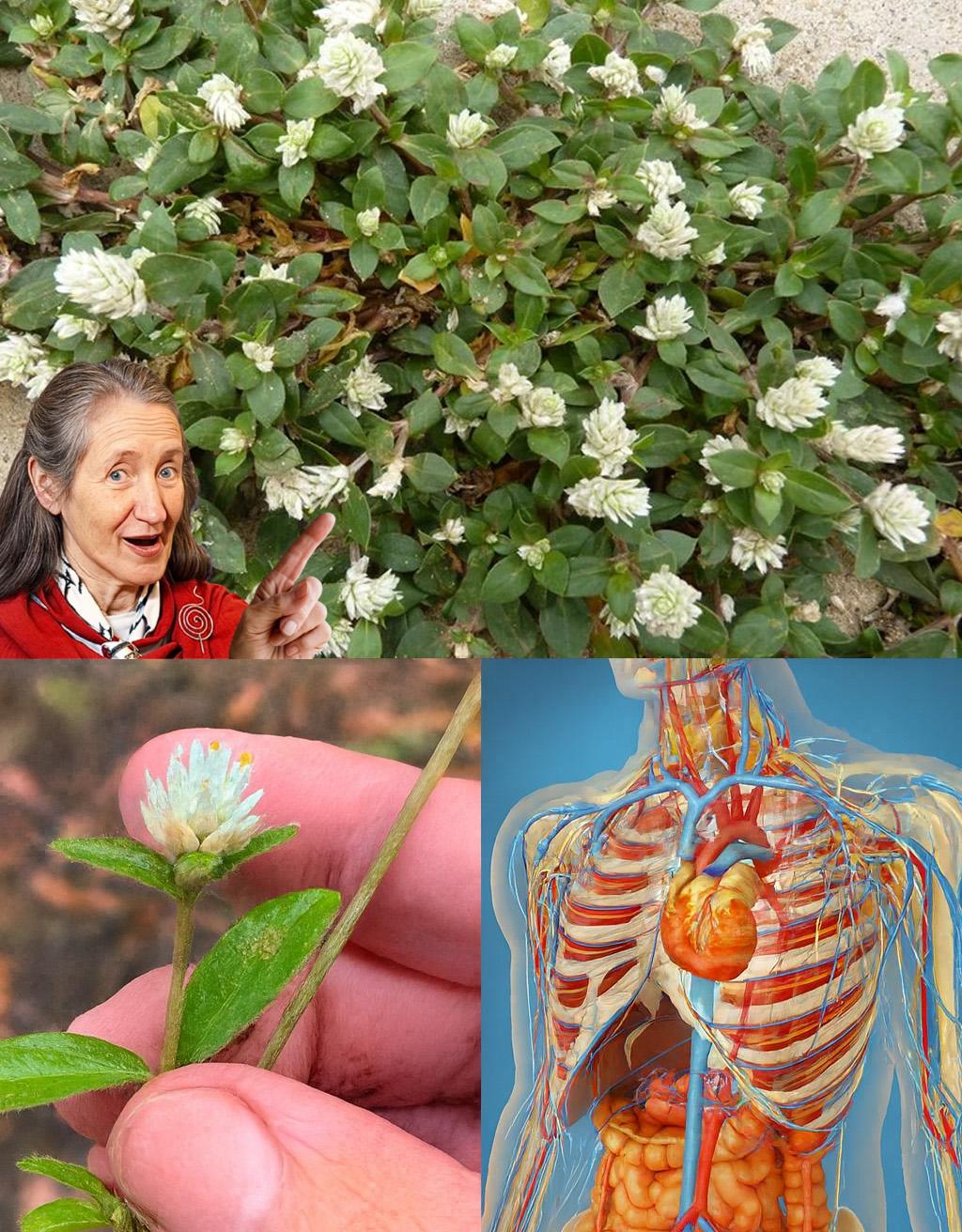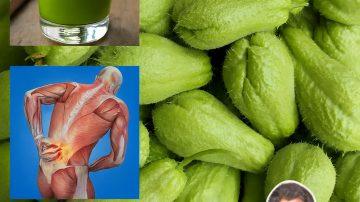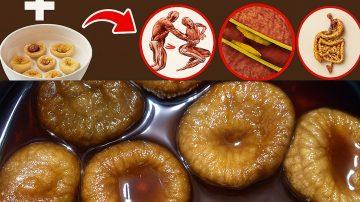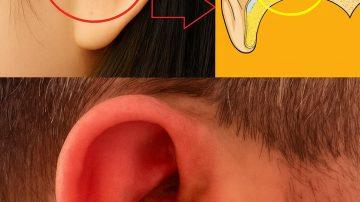$\text{Gomphrena celosioides}$, commonly known as Prostrate Globe-Amaranth or $\text{perpétua-brava}$, is a resilient, low-growing herbaceous plant often dismissed as a weed in disturbed areas. However, in traditional and folk medicine across South America, Africa, and Asia, this plant from the $\text{Amaranthaceae}$ family is a recognized botanical powerhouse due to its rich content of flavonoids, phenolic compounds, and terpenoids.
Scientific studies are increasingly validating its ethnopharmacological uses, demonstrating significant potential for treating complex health conditions.

1. Cardiovascular and Blood Pressure Regulation
One of the most promising areas of research is $\text{Gomphrena celosioides}$’s effect on the cardiovascular system.

- Antihypertensive Potential: Studies in hypertensive rats have shown that extracts of the plant can significantly reduce high blood pressure. This effect is attributed to the plant’s ability to inhibit the $\text{Angiotensin-Converting}$ $\text{Enzyme}$ ($\text{ACE}$), similar to a class of common blood pressure medications.
- Diuretic and Cardioprotective Effects: It promotes a sustained diuretic effect, which helps control fluid balance. Furthermore, its action is strong enough to offer protection against cardiac remodeling (structural damage to the heart muscle) often caused by prolonged high blood pressure.
2. Powerful Anti-Inflammatory and Analgesic Action
$\text{Gomphrena celosioides}$ is traditionally used as a natural analgesic (pain-reliever), which is backed by its strong $\text{anti-inflammatory}$ profile.
- Arthritis and Joint Pain: Extracts have shown potent $\text{antiarthritic}$ and $\text{antihyperalgesic}$ properties in animal models, significantly reducing edema and pain associated with inflammation. This supports its folk use in treating rheumatism and general body aches.
- Gastrointestinal and Skin Soothing: Its $\text{anti-inflammatory}$ and $\text{antimicrobial}$ effects are applied topically in folk medicine to treat skin diseases, wounds, and ulcers, as well as internally for gastrointestinal conditions.
3. Antimicrobial and Immune System Support
The plant’s rich mix of phytochemicals gives it broad-spectrum defense capabilities.

- Antimicrobial Activity: Extracts have demonstrated effectiveness against various human pathogens, including certain strains of $\text{Staphylococcus}$ $\text{aureus}$ and $\text{Salmonella}$ $\text{typhi}$, validating its traditional use in managing infections.
- Antioxidant Defense: The presence of flavonoids and phenolic acids provides significant $\text{antioxidant}$ activity, helping to neutralize free radicals and protect cells from $\text{oxidative}$ $\text{stress}$, which underpins numerous chronic diseases.
4. Traditional and Emerging Uses
Across different regions, the plant is used to address specific ailments:
- Urinary Tract: It is a folk remedy for urinary tract disorders and the dissolution of kidney stones ($\text{anti-urolithiatic}$ properties).
- Anticancer Potential: Preliminary research suggests that the plant contains compounds with $\text{chemopreventive}$ and $\text{antigenotoxic}$ properties, offering a potential avenue for future cancer-related studies.
- Pest Control: Interestingly, extracts are being researched as an eco-friendly botanical alternative for controlling the larvae of mosquito vectors responsible for diseases like malaria and dengue.
Disclaimer: While $\text{Gomphrena celosioides}$ has a long history of traditional use and promising preliminary scientific support, it is important to note that it is a powerful plant. It has been documented as being used as an abortifacient in some regions of South America, and one study noted neurotoxic effects in horses. This information is for educational purposes only and is not a recommendation for use or a substitute for professional medical advice.






